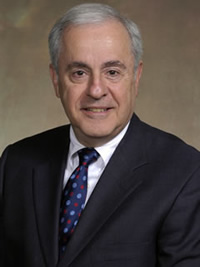Mike Spector: The Passing of a Public Servant
I set out in June to write a story for the current issue of Marquette Lawyer magazine about the state of the idea of local control of schools. I started with the expectation of saying local control was pretty much a fiction now, amid all the laws and regulatory mandates coming down from the federal and state governments.
set out in June to write a story for the current issue of Marquette Lawyer magazine about the state of the idea of local control of schools. I started with the expectation of saying local control was pretty much a fiction now, amid all the laws and regulatory mandates coming down from the federal and state governments.
The first person I went to talk to was Mike Spector. I knew if I wanted wisdom, perspective, and common sense, he was at the top of the list. And he knew a huge amount about schools – for decades, he was a leader as a lawyer and citizen in education matters in the Milwaukee area and throughout Wisconsin.
And it only took him a few minutes to shift my thinking on the piece I was going to write. He talked about the law on local control in Wisconsin. He talked about the history of specific issues. And he pointed out how local school boards, school administrators, and teachers can still put their own imprint on the education they offer. Look at how different communities have different education cultures and practices, he said, citing his home community of Shorewood, where he was involved in school governance for many years, and how its education culture differs from nearby communities.
